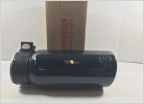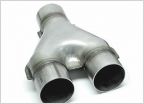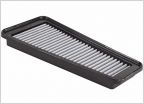-
Welcome to Tacoma World!
You are currently viewing as a guest! To get full-access, you need to register for a FREE account.
As a registered member, you’ll be able to:- Participate in all Tacoma discussion topics
- Communicate privately with other Tacoma owners from around the world
- Post your own photos in our Members Gallery
- Access all special features of the site
functional hood scoop
Discussion in 'Performance and Tuning' started by dubtee, Jul 23, 2007.
Page 1 of 2
Page 1 of 2


 Exhaust tips recommendations
Exhaust tips recommendations Single in/single out or single in/dual out?
Single in/single out or single in/dual out? Where to buy AFE Pro Dry S filter?
Where to buy AFE Pro Dry S filter?


































































